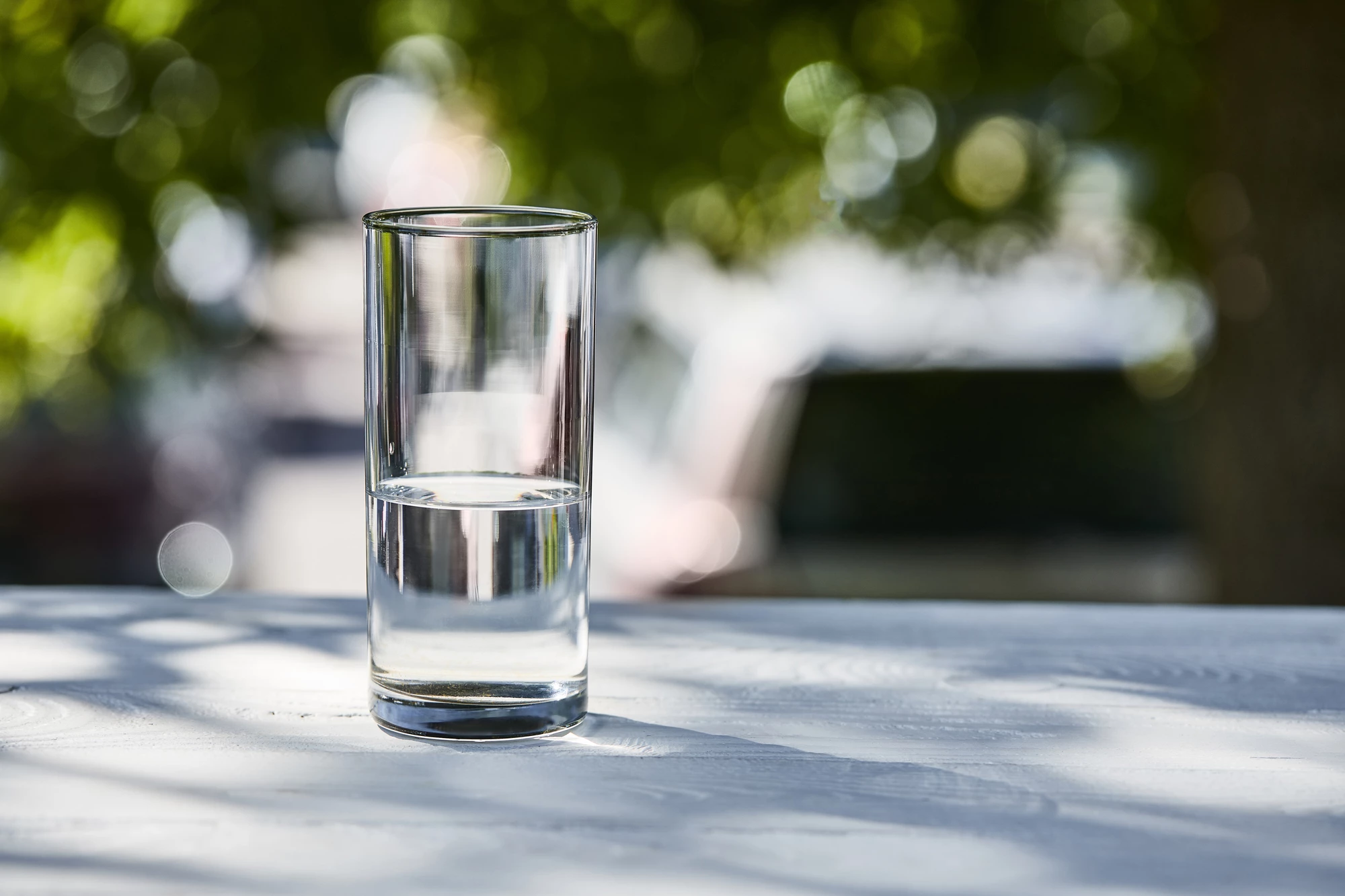A shortage of drinking water is a key problem in many parts of the world, and it’s a cruel irony that huge amounts are floating around in the air, inaccessible. Researchers at the University of Texas at Austin have now developed a salty hydrogel that can pull plenty of fresh drinking water out of air in relatively low humidity.
As the name suggests, hydrogels are mostly made of water, but that doesn’t stop them wanting more. Their excellent absorbency makes them useful in diapers and bandages, and potentially as dehumidifiers and devices that extract drinking water from the air.
That last application could be particularly useful, but unfortunately the process is a bit slow and inefficient. Adding hygroscopic salts, which are also effective water absorbers, could help, but frustratingly these salts don’t integrate with hydrogels very well.
So for the new study, the researchers set out to find a way to mix the two properly. The key was to start with a polymer made from molecules that are “zwitterionic” – essentially, they contain ions with both positive and negative electrical charges. This allows the it to grab hold of the hygroscopic salts more firmly, and the resulting hydrogel was very efficient at absorbing water from the air around it.
Doing so involves a cycle of absorption and separation. First, the material is left for an hour to suck moisture out of ambient air. Then it’s dried out in a condenser, to wring out and collect the water, before putting it back on absorption duties. Repeating this cycle multiple times didn’t seem to reduce its ability to absorb or release water.
In tests, the salty hydrogel performed extremely well. The team was able to extract 5.87 L (1.55 gal) of freshwater per kilogram of the material per day, from air with a humidity of 30 percent. That’s one of the best performances we’ve seen from a water harvester like this – and we’ve seen a lot of them, usually using metal-organic frameworks as the absorbent material.
With further optimization, these zwitterionic hydrogels could be very useful in providing drinking water to developing and drought-stricken regions.
The research was published in the journal Angewandte Chemie.
Source: Wiley




